Rishu Garg
Enhancing Learnability of classification algorithms using simple data preprocessing in fMRI scans of Alzheimer's disease
Dec 10, 2019

Abstract:Alzheimer's Disease (AD) is the most common type of dementia. In all leading countries, it is one of the primary reasons of death in senior citizens. Currently, it is diagnosed by calculating the MSME score and by the manual study of MRI Scan. Also, different machine learning methods are utilized for automatic diagnosis but existing has some limitations in terms of accuracy. In this paper, we have proposed some novel preprocessing techniques that have significantly increased the accuracy and at the same time decreased the training time of various classification algorithms. First, we have converted the ADNI dataset which was in 4D format into 2D form. We have also mitigated the computation costs by reducing the parameters of the input dataset while preserving important and relevant data. We have achieved this by using different preprocessing steps like grayscale image conversion, Histogram equalization and selective clipping of dataset. We observed a highest accuracy of 97.52% and a sensitivity of 97.6% in our testing dataset.
Decision Support System for Detection and Classification of Skin Cancer using CNN
Dec 09, 2019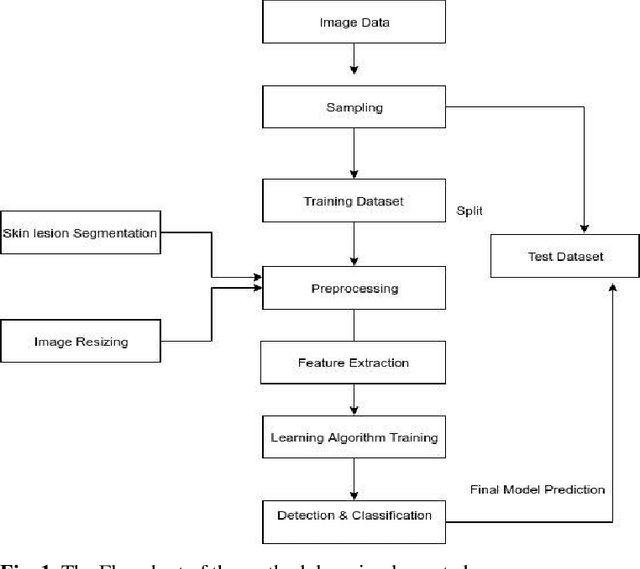

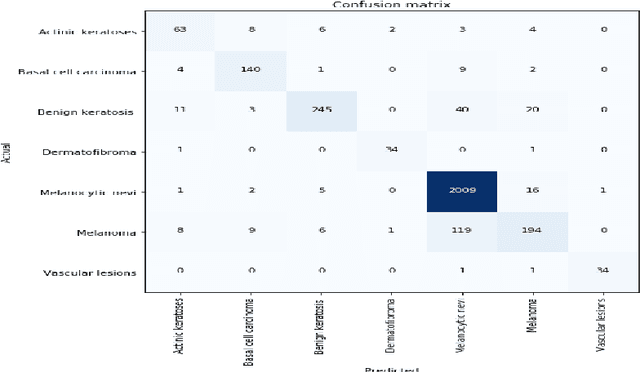
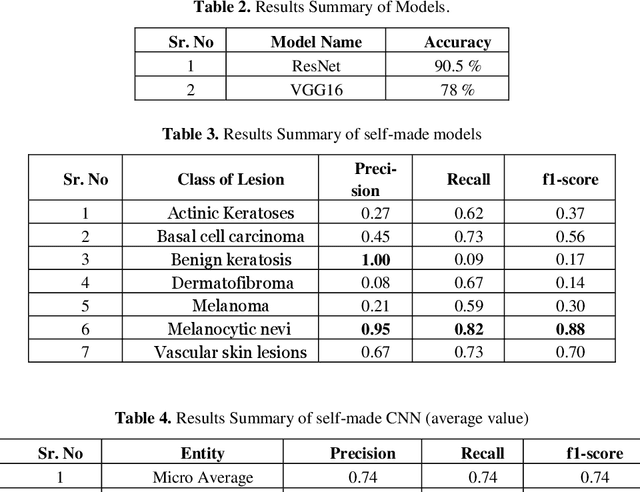
Abstract:Skin Cancer is one of the most deathful of all the cancers. It is bound to spread to different parts of the body on the off chance that it is not analyzed and treated at the beginning time. It is mostly because of the abnormal growth of skin cells, often develops when the body is exposed to sunlight. The Detection Furthermore, the characterization of skin malignant growth in the beginning time is a costly and challenging procedure. It is classified where it develops and its cell type. High Precision and recall are required for the classification of lesions. The paper aims to use MNIST HAM-10000 dataset containing dermoscopy images. The objective is to propose a system that detects skin cancer and classifies it in different classes by using the Convolution Neural Network. The diagnosing methodology uses Image processing and deep learning model. The dermoscopy image of skin cancer taken, undergone various techniques to remove the noise and picture resolution. The image count is also increased by using various image augmentation techniques. In the end, the Transfer Learning method is used to increase the classification accuracy of the images further. Our CNN model gave a weighted average Precision of 0.88, a weighted Recall average of 0.74, and a weighted f1-score of 0.77. The transfer learning approach applied using ResNet model yielded an accuracy of 90.51%
Feature Engineering Combined with 1 D Convolutional Neural Network for Improved Mortality Prediction
Dec 08, 2019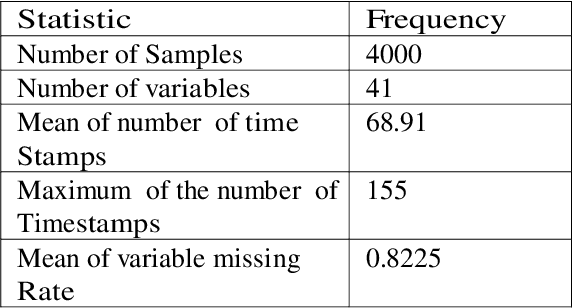
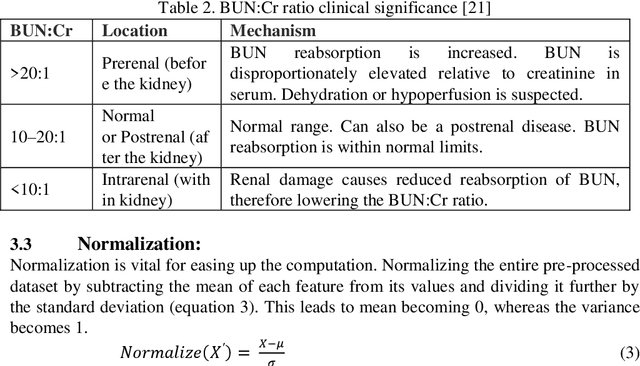
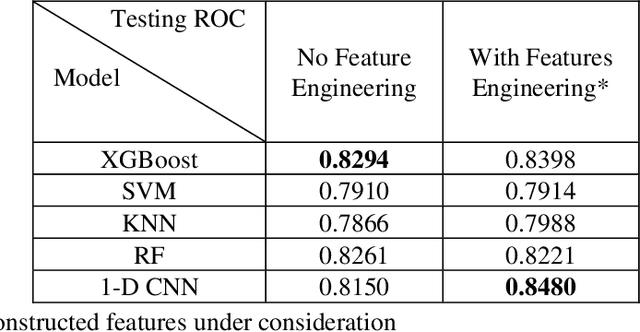
Abstract:The intensive care units (ICUs) are responsible for generating a wealth of useful data in the form of Electronic Health Record (EHR). This data allows for the development of a prediction tool with perfect knowledge backing. We aimed to build a mortality prediction model on 2012 Physionet Challenge mortality prediction database of 4000 patients admitted in ICU. The challenges in the dataset, such as high dimensionality, imbalanced distribution, and missing values were tackled with analytical methods and tools via feature engineering and new variable construction. The objective of the research is to utilize the relations among the clinical variables and construct new variables which would establish the effectiveness of 1-Dimensional Convolutional Neural Network (1- D CNN) with constructed features. Its performance with the traditional machine learning algorithms like XGBoost classifier, Support Vector Machine (SVM), K-Neighbours Classifier (K-NN), and Random Forest Classifier (RF) is compared for Area Under Curve (AUC). The investigation reveals the best AUC of 0.848 using 1-D CNN model.
 Add to Chrome
Add to Chrome Add to Firefox
Add to Firefox Add to Edge
Add to Edge